Lacquered gauze headgear
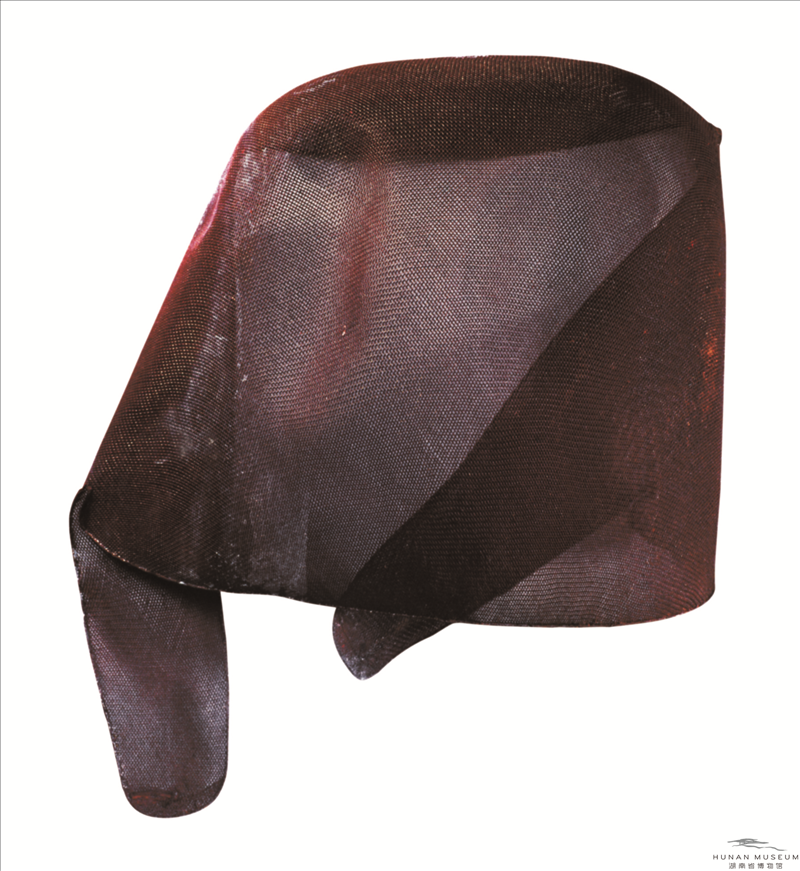
Western Han (202BC-AD9)
Height: 17 cm, Length: 26cm, Width: 15cm, Length of earflaps: 8cm
Excavated from No.3, Mawangdui, Changsha, Hunan province, 1973
The lacquered gauze headgear shaped like a Boji (a winnowing fan), is very convenient to wear as there are two holes at the end of two earflaps where threads can be tied. It is the earliest and best preserved one of the same kind ever found in China.
The headgear was made in a very complicated way. Many procedures are needed so as to create a perfect and durable hat. According to historical records, the earliest lacquered gauze headgear appeared in Western Zhou Dynasty (11th Century BC-711BC), which was made out of thin linen threads and then was dyed with lacquer. From the late Warring States Period to the early Western Han Dynasty, the hat was made out of raw silk and then dyed with lacquer.
深入探索
Headgear, an indication of social hierarchy
According to historical records, the lacquered gauze headgear might be wron by high-rank military officials. According to the relevant literature, similar hats have been excavated from several tombs of early Western Han Dynasty, including the Han tombs in Luobowan, Gui County, Guangxi Zhuang Autonomous Region, Tomb of the King of Southern Yue State in Guangzhou, Guangdong province, tomb of Liujian who was the king of Guangyang state of Western Han Dynasty in Dabaotai, Beijing. However, those early discoveries were not well preserved and the methods of wearing the caps were not known. Soldiers wearing hats depicted in The Emperor and His Entourage (Partial display) unearthed from No. 3 Mawangdui Han Tombs provided some insight for our understanding of how the hats were worn.
Those caps are similar in shape, but different in materials. It is inferred that they symbolize different ranks of the soldiers. The gauze headgear was delicately made with high quality materials; hence, they were possibly worn by high-rank military officials. Both hats and long swords are the significant symbols of military power. The occupant of tomb No.3 Mawangdui Han Tomb was the son of Li Cang, the prime minister of the Changsha State, and the Marquis of Dai of the first generation. From the burial objects such as weapons and two military maps, it can be safely concluded that he was a high=rank military official of Changsha State.
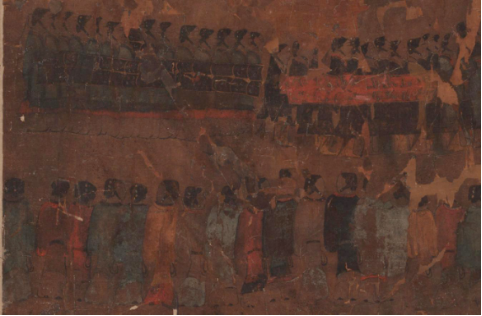
Soldiers wearing hats depicted in The Emperor and His Entourage (Partial display) excavated from No. 3 Mawangdui Han Tomb

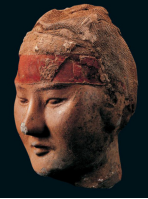
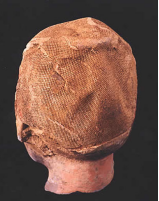
Pottery Figurines excavated from the funeral pits of Mausoleum of Emperor Hanjing in Xi’an, Shaanxi province
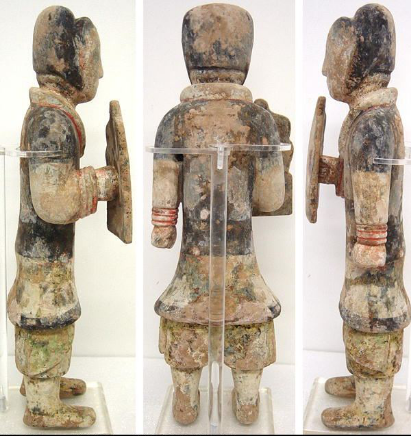
Painted Pottery Figurines wearing hats excavated from Han Tombs in Yangjiawan, Xianyang, Shaanxi province
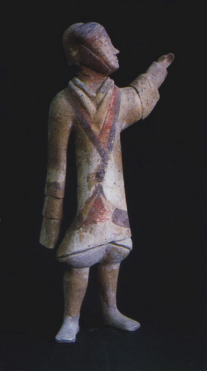

Painted Pottery Figurines wearing hats excavated from Han Tombs in Yangjiawan, Xianyang, Shaanxi province
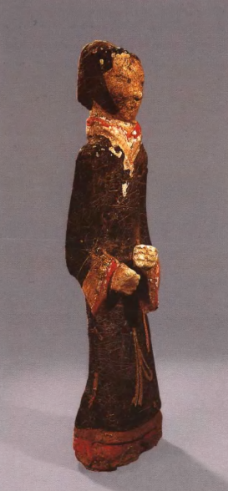

Painted Pottery Figurines wearing hats excavated from Tomb of the King of Chu State in Beidongshan, Xuzhou, Jiangsu province
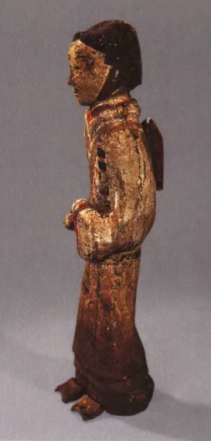
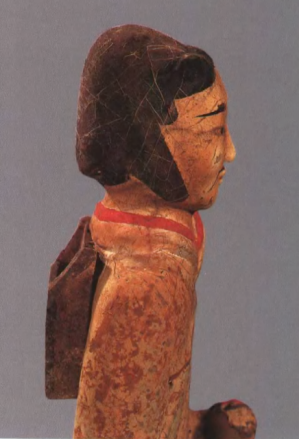
Painted Pottery Figurines wearing hats excavated from Tomb of the King of Chu State in Beidongshan, Xuzhou, Jiangsu province



